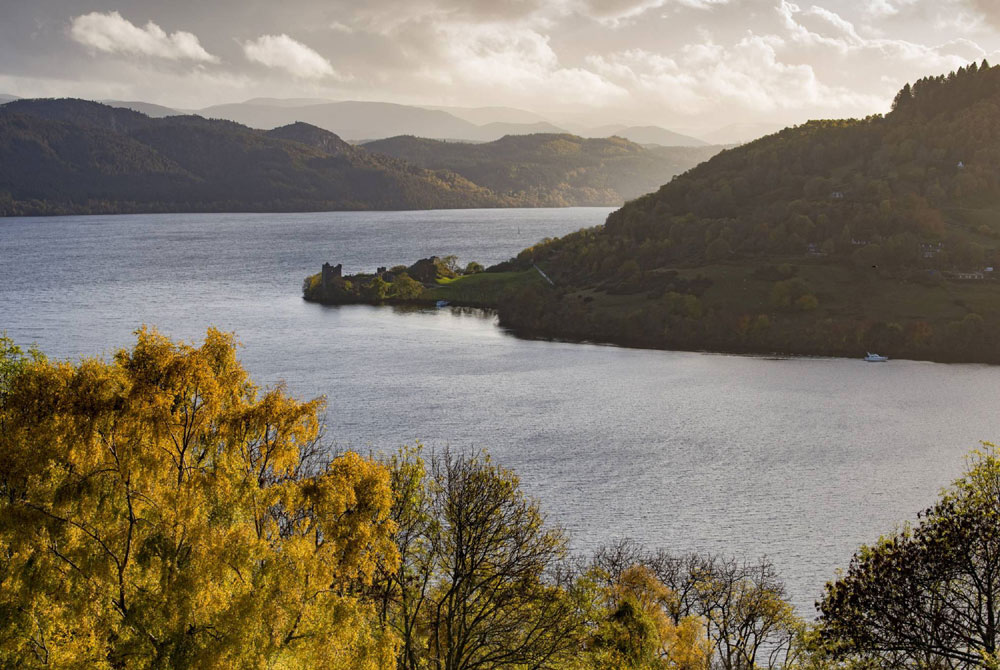THE LOCH Ness estate owned by the planet’s most famous Nessie hunter is up for sale – for just £575,000.
Tychat Estate, nestled above the legendary body of water, boasts spectacular views of the lake and is described as the “perfect place to Nessie watch”.
It was bought by American inventor Dr Robert Rines in the early 1970s, after he had an “encounter” with the mythical beast.
He spent 30 years attempting to record Nessie on film as well as sonar, and some of his published photographs caused a worldwide sensation.
His inventions also helped find the sunken wreck of the Titanic and the lost German battleship Bismarck.
And now Nessie enthusiasts have a “once in a lifetime opportunity” to buy the estate from where he conducted most of his work.

The 38.5 acre grounds come with a three-bedroomed house – with views of the lake from each room – and an additional cottage.
The ground floor features large picture windows and its open layout surrounds a wood burning fireplace.
There is an outdoor patio – perfect for enjoying the fresh Highland air during nice weather – and also a large conservatory for when the conditions are less favourable.
McEwan Fraser Legal, who are selling the estate, describe it as a “secluded, charming and unique Highland getaway” with “a view that will keep you captivated for hours”.
They add: “Renovated in 2008, the home’s interior is delightfully eclectic and a tribute to the late Dr Robert Rines, who became world-famous for his scientific investigations into the existence of the Loch Ness monster.”
He bought the estate in 1972, after seeing a “large, darkish hump” moving through the waters of Loch Ness.
The encounter turned into a passion and over the years he continued to return to Scotland, hoping to use better imaging and tracking technology to capture sharper images of the animal.
Dr Rines, originally from Boston, deployed a series of underwater cameras, suspended from two boats, with strobe lighting, to illuminate the loch’s murky depths.
In August 1972 the cameras captured an image that seemed to show a large flipper, and in June 1974 another apparently showed a close-up of the head and upper neck of an unknown creature.

The pictures were published in Nature magazine in December 1975 and caused worldwide excitement, with experts including British television naturalist Sir Peter Scott agreeing that they indicated the existence of some sort of large animate object in the waters of the loch.
Apart from his passion for Nessie, Dr Rines developed sonar equipment used in underwater missions to locate famous sunken ships.
In 1985, researchers used underwater vessels that used sonar technology developed by Dr Rines to find the Titanic, which sank in more than 12,400 feet of water in 1912.
The systems were also used to find the wreck of the German battleship Bismarck, which was sunk during World War II.
After decades of research, Dr Rines announced in 2008 that he was giving up the search for Nessie over fears that she had perished, possibly as a result of global warming.
He passed away on 1 November 2009, and is survived by his second wife, two sons, a daughter and stepdaughter.

